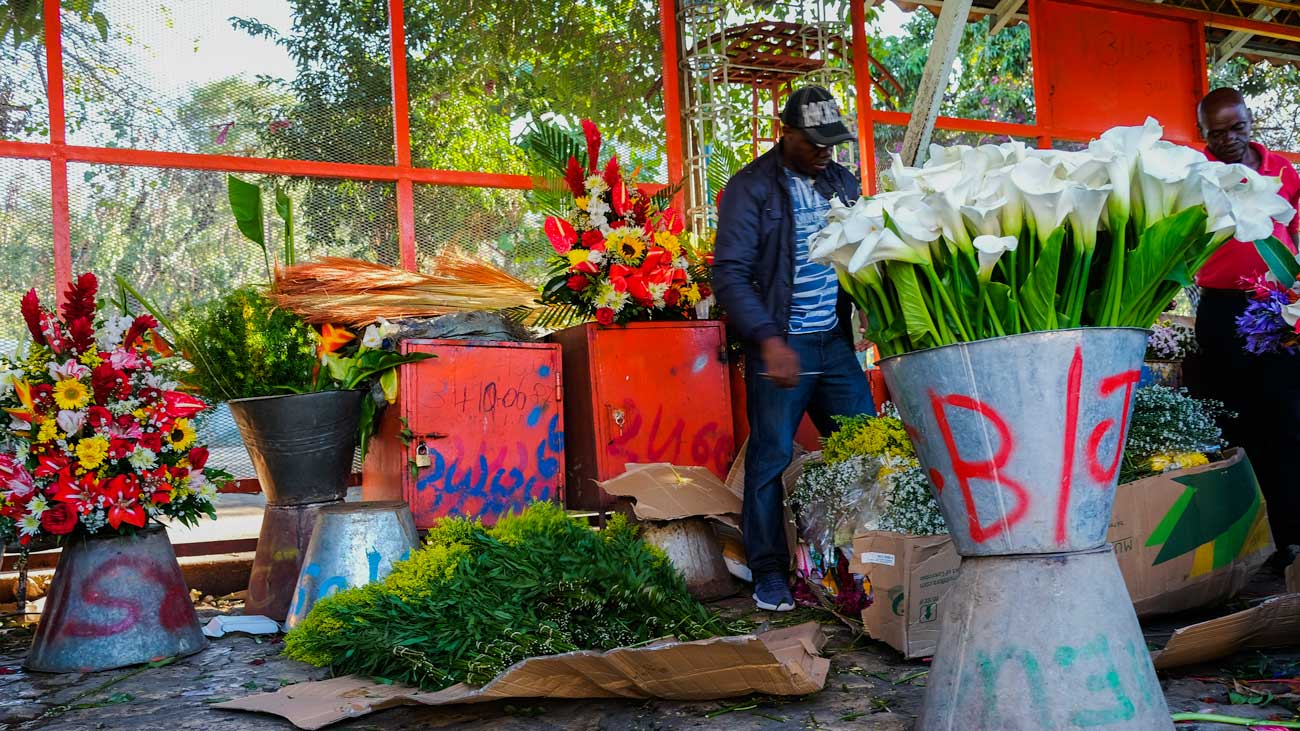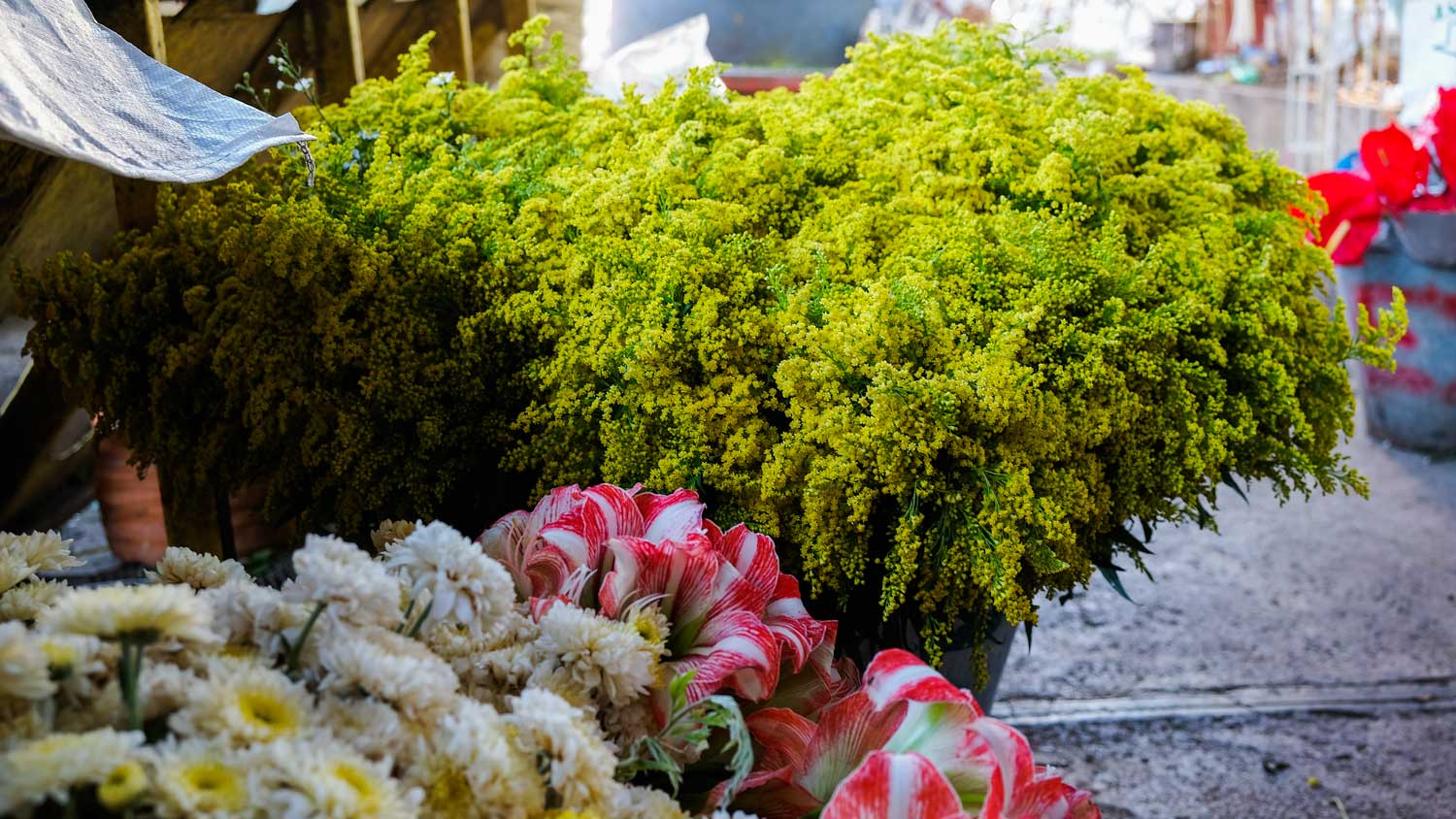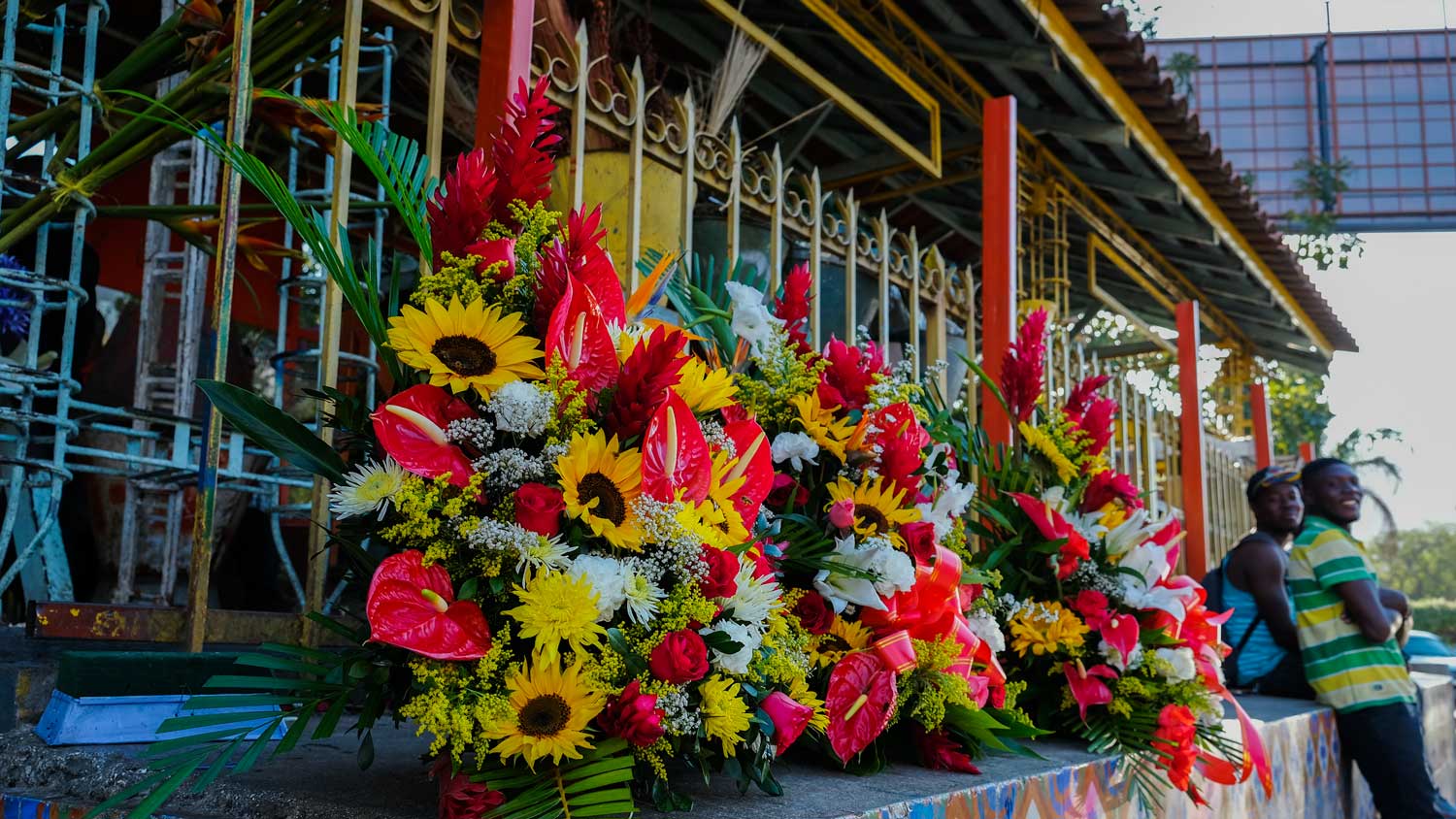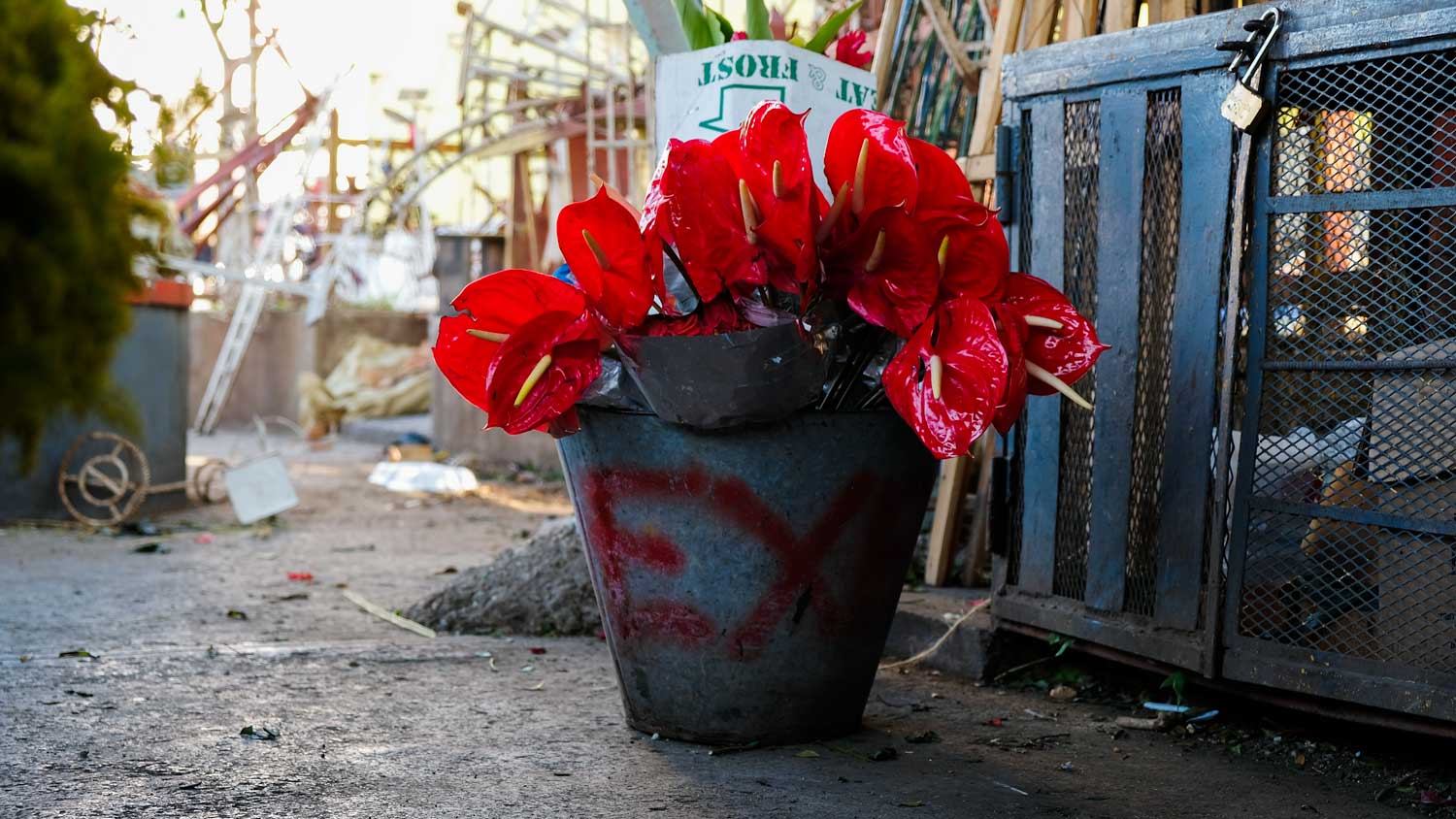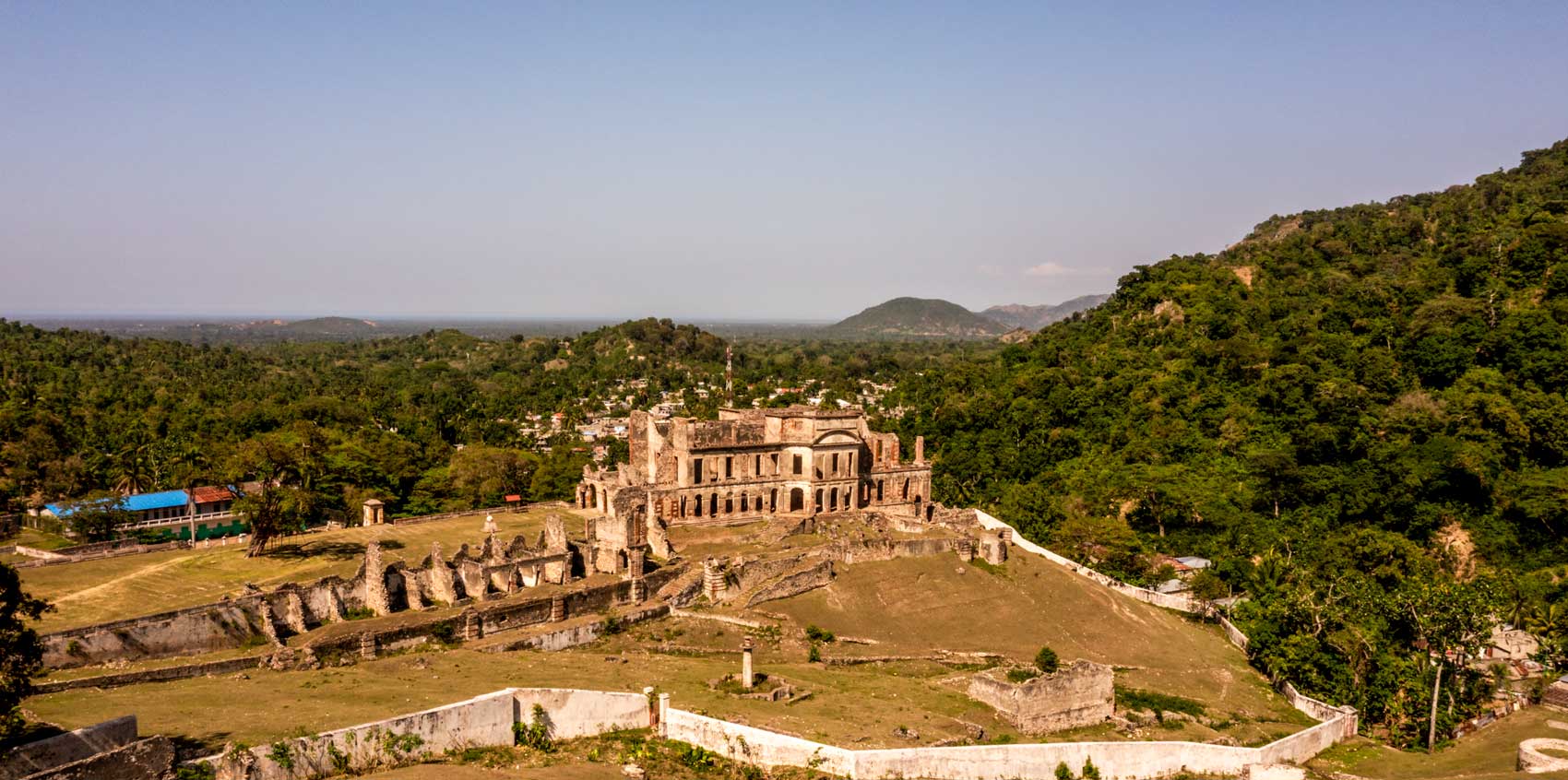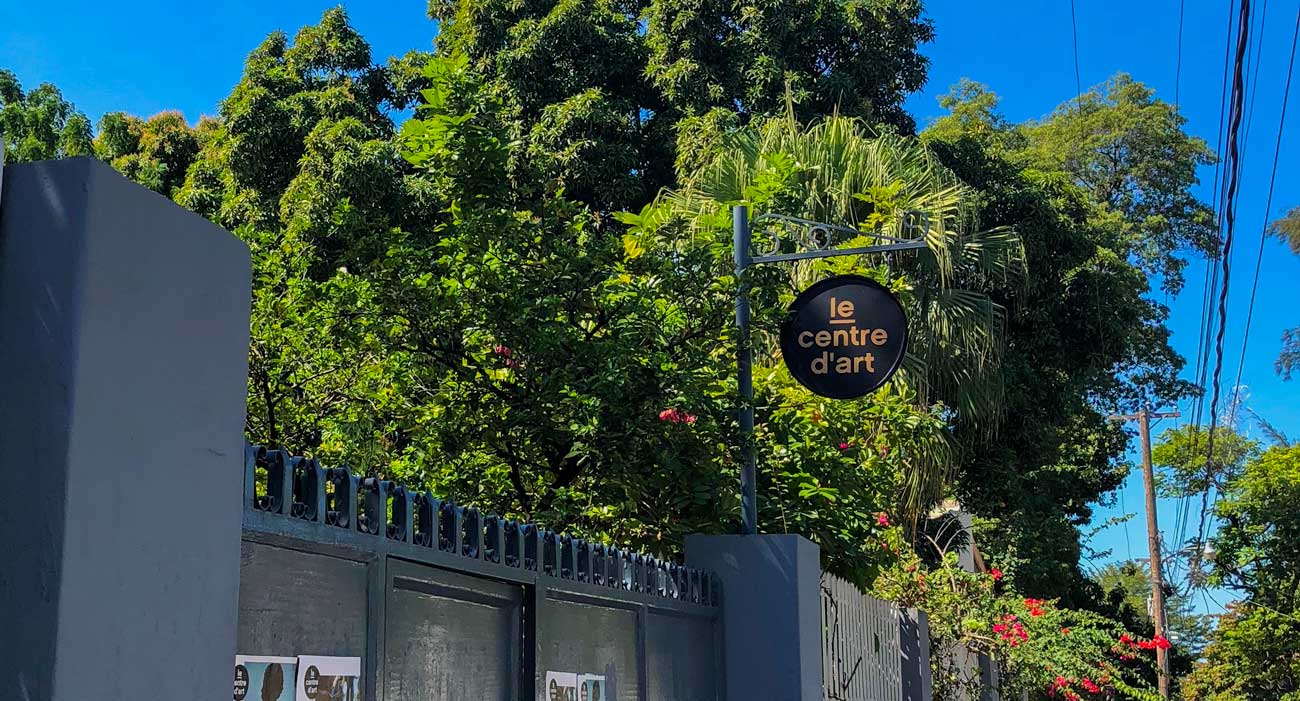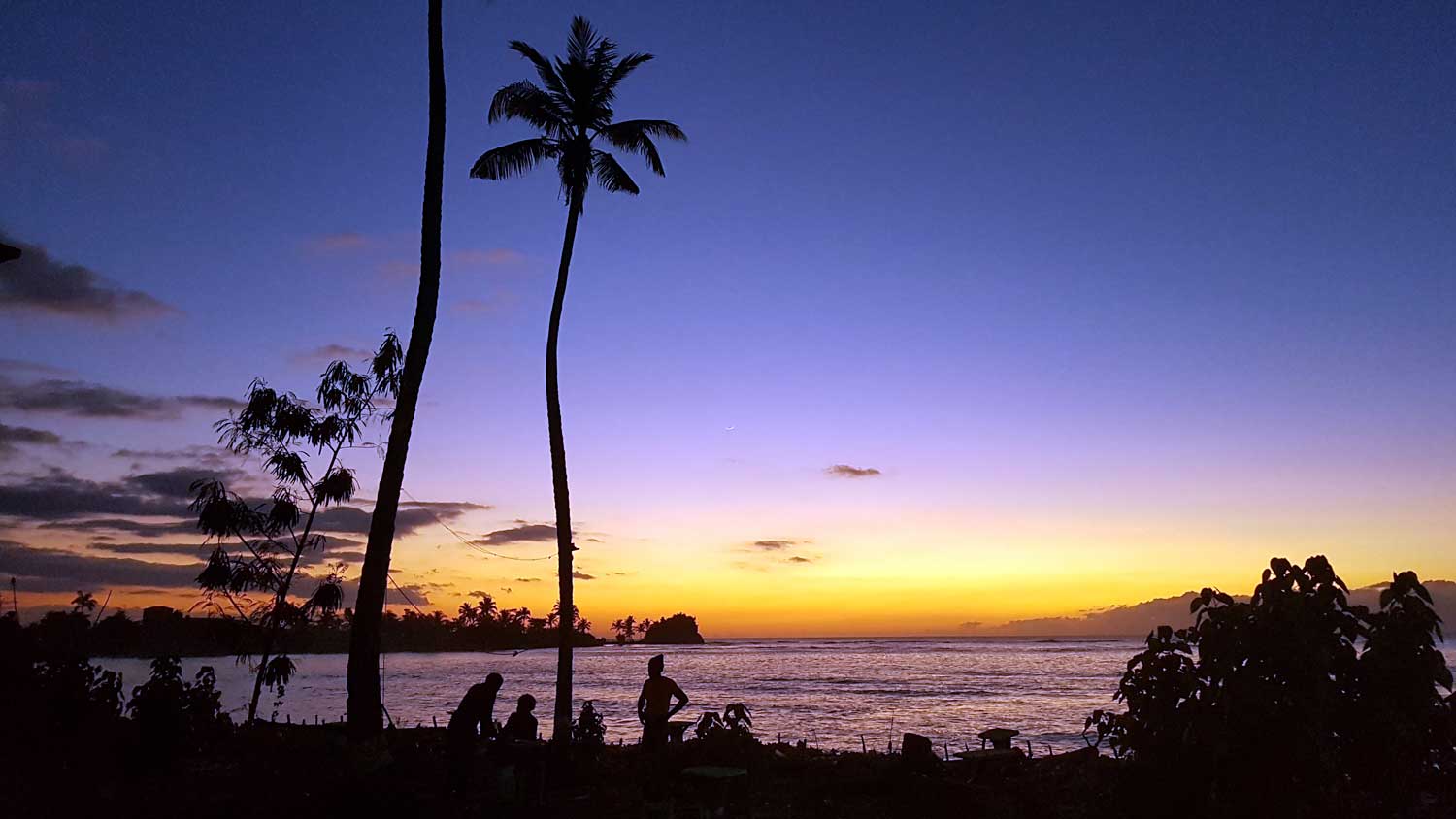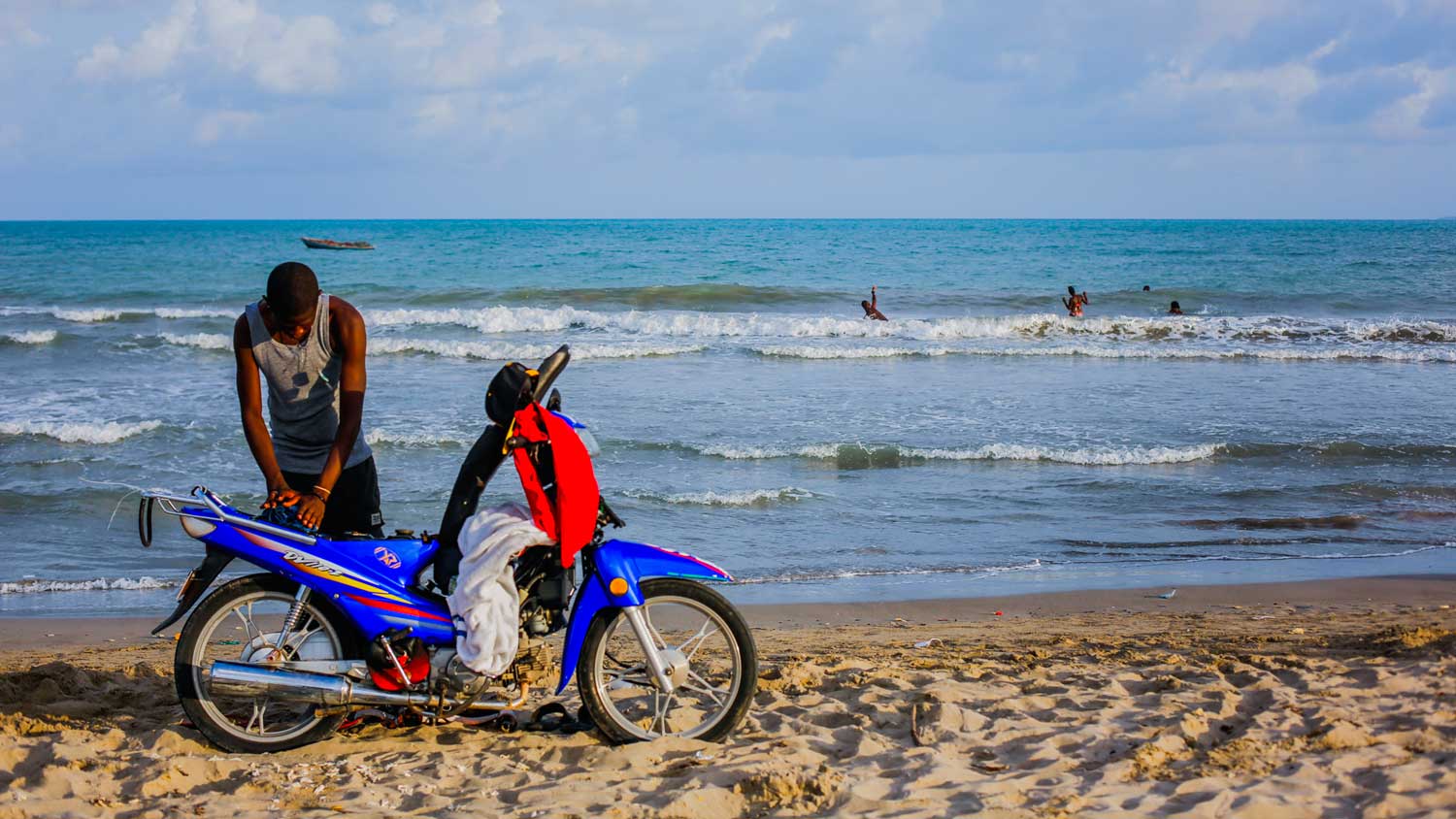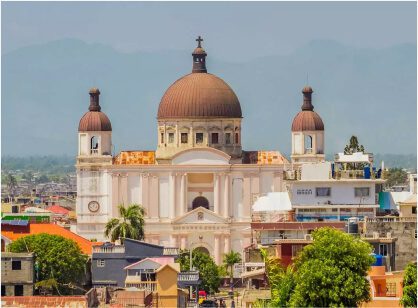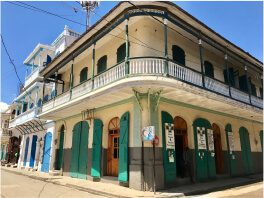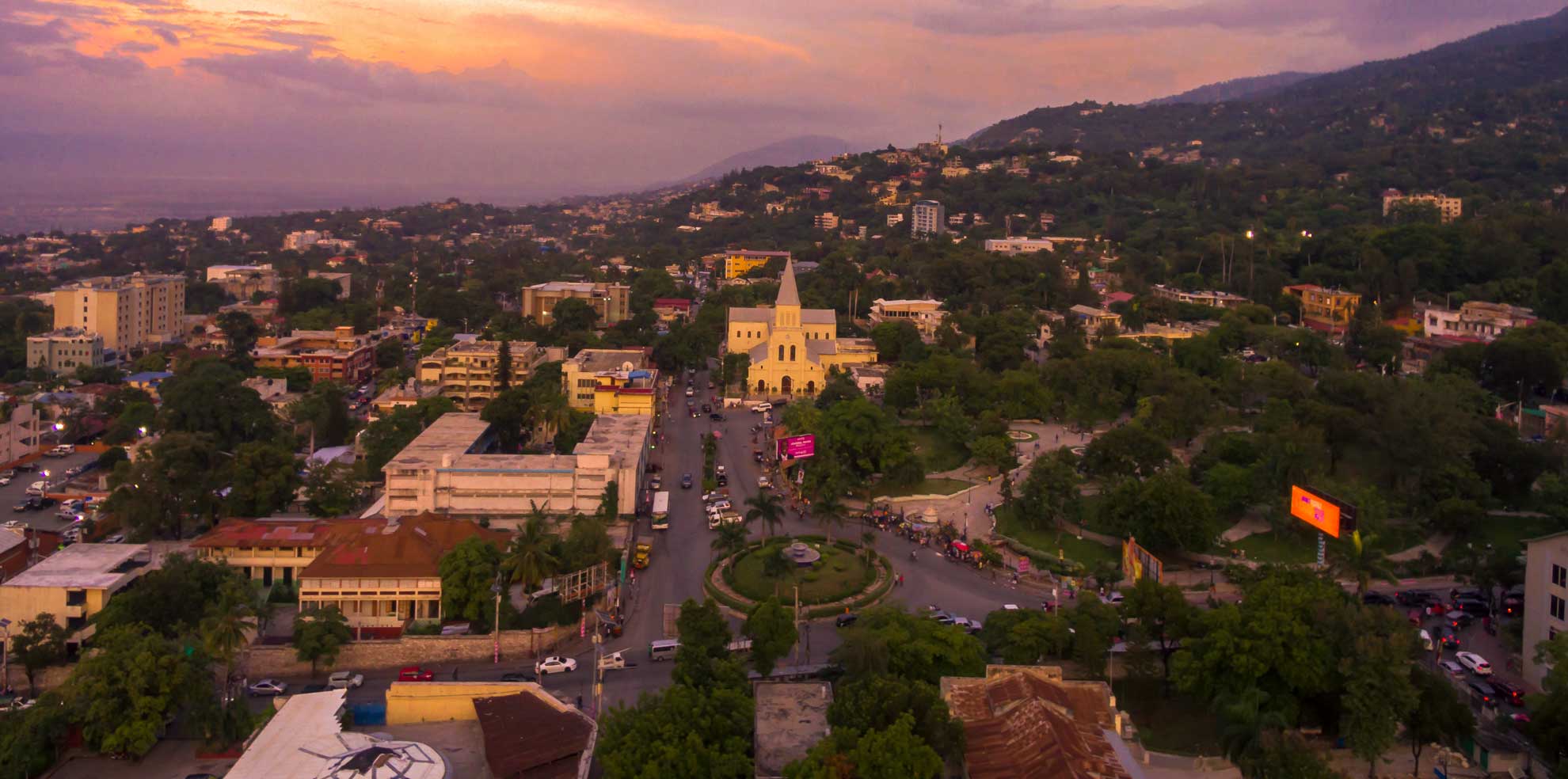
Photo: Verdy Verna
Stop to Smell the Roses at Place Saint-Pierre
Mature tropical trees throw shade across Place Saint-Pierre, where you can wander around stone paths and eat an ice-cream on metalwork benches made by the artisans of Croix-de-Bouquet.
Place Saint-Pierre is a large public square in the middle of Pétion-Ville. Flanked by the Lycée de Pétion-Ville, the Brothers of the Christian Instruction, Kinam Hotel, a police station, a city hall, and the church of Église de Saint-Pierre, the square dates back to the late 1800s. It’s no relic, though – Place Saint-Pierre is full of regular Haitians from Pétion-Ville and surrounding areas at work and play.
A popular meeting place, you’ll hear many Haitians say “I’ll meet you at Place Saint-Pierre, okay?” Mature tropical trees throw shade across most of the space, where you can wander around stone paths and have a seat on metalwork benches made by the artisans of Croix-de-Bouquet. You can buy ice-cold sodas, bottled water (and often ice cream) any time of day or evening from merchants who float around the square.
North of the square, you’ll find the most popular flower market of Pétion-Ville. From Monday to Sunday, from dusk to dawn, the air is full of the perfume of their trade. As the bouquets and wreaths travel from market to churches and businesses all over the heights, Place St. Pierre gets strewn with petals.
Flower market at Place St. Pierre, Pétion-Ville
Photo: Franck Fontain
What else happens here?
During most of the year, the square’s most frequent visitors are students from the two nearest schools: Brothers of the Christian Instruction and the Lycée de Pétion-Ville. These students often meet at the square during recesses, or after school to play soccer, to debate class assignments, or just to escape from their demanding academic lives from time to time. Like Champ-de-Mars, it’s not uncommon to find debate teams near the entrance of the square, though the teams here are mostly young students.
Once a year, on the 29th of June, the patron saint of Saint-Pierre – or Saint Peter – is celebrated here. If you’ve never seen Caribbean christianity, you’re in for a shock: people come from all over Port-au-Prince and from cities across the country to celebrate St Peter over a nine-day “novena” – an ancient tradition of structured public and private prayer. It’s not a somber occasion, though – live bands, DJs, food stands, and activities for spring up in the days leading up to the 29th.
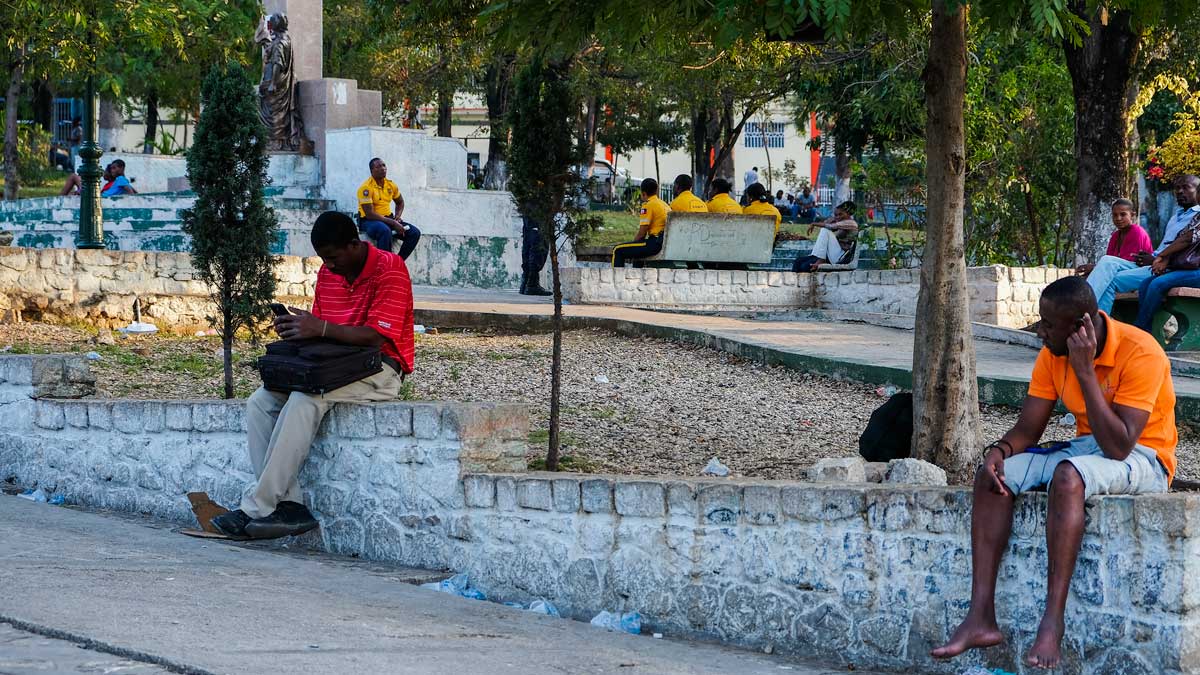
Photo: Franck Fontain
History
In the Haiti of the 40s and 50s, places like Place Saint-Pierre were hubs for socializing. Haiti’s middle class was getting stronger and more affluent, and Sunday morning mass at the Saint-Pierre church was an opportunity to parade one’s sunday best. With neatly pressed hair and shiny little shoes, the children of Pétion-Ville played with their friends while parents talked politely under the strong Caribbean sun.
The rise of restaurants and businesses in Pétion-Ville, coupled with the growing number of people moving to the heights – Pèlerin, Laboule, Thomassin – turned Place Saint-Pierre into a point of reference. It has been renovated many times to keep it up to date, most recently in 2012.
Written by Kelly Paulemon.
Published October 2018
Find Place Saint Pierre
External Links
Read reviews of Place Saint-Pierre on Trip Advisor

Our recommendations

Paradise for your inbox
Your monthly ticket to Haiti awaits! Get first-hand travel tips, the latest news, and inspiring stories delivered straight to your inbox—no spam, just paradise.



